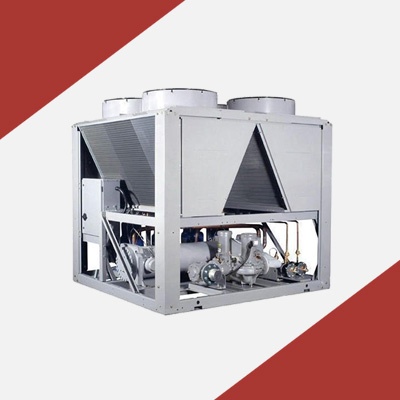Pillow plate heat exchangers
About Pillow plate heat exchanger : –
A pillow plate heat exchanger is commonly used in the dairy industry for cooling milk in large direct-expansion stainless steel bulk tanks. The pillow plate allows for cooling across nearly the entire surface area of the tank, without gaps that would occur between pipes welded to the exterior of the tank.
The pillow plate is constructed using a thin sheet of metal spot-welded to the surface of another thicker sheet of metal. The thin plate is welded in a regular pattern of dots or with a serpentine pattern of weld lines. After welding the enclosed space is pressurised with sufficient force to cause the thin metal to bulge out around the welds, providing a space for heat exchanger liquids to flow, and creating a characteristic appearance of a swelled pillow formed out of metal.
Pillow plate Heat Exchangers : –
A pillow plate (or thermo plate) consists of two plates which are spotwelded together. The plates are sealed with weldings along the contours of the plates. The plate is then expanded until the desired channel height is achieved. The channel height is the maximum space between the two plates.
While the thickness and the spot pattern is determined by the design pressure. The channel height and the space between the pillow plates in a heat exchanger is determined by flow and allowed drop in pressure.
Pillow plate heat transfer :-
We can calculate the needed heat exchanger surface. Generally we need the cooling or heating capacity in kW or we can calculate that from the process parameters.
The pillowplate heat exchange calculations can be divided into the following categories:
– pillowplate on the tank wall and/or bottom
– pillowplate submerged in a medium
– flow over the pillowplate (falling film), air , liquids or solids
– cold storage and release of an ice bank
Pillow plate tank wall and bottom :-
The final goal is the calculation of the needed square meters pillowplate heat exchange surface for the process. Important is the location and isolation of the tank, also whether the tank is mixed or not, the liquid properties, the heated or cooled medium in the pillow plate. And of course the needed cooling or heating path.
